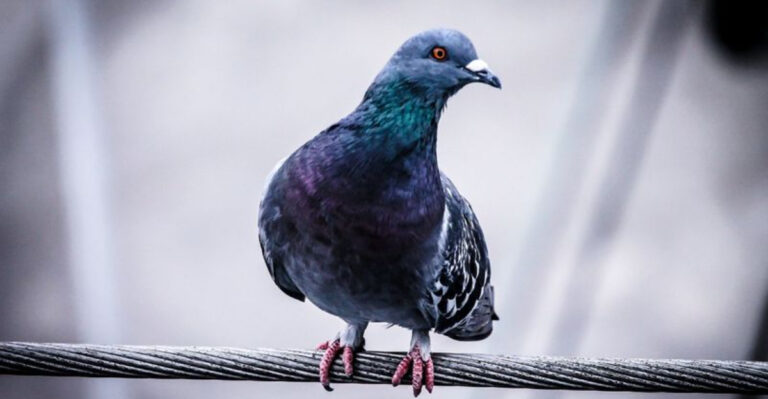12 Animals With Superpowers That Will Blow Your Mind
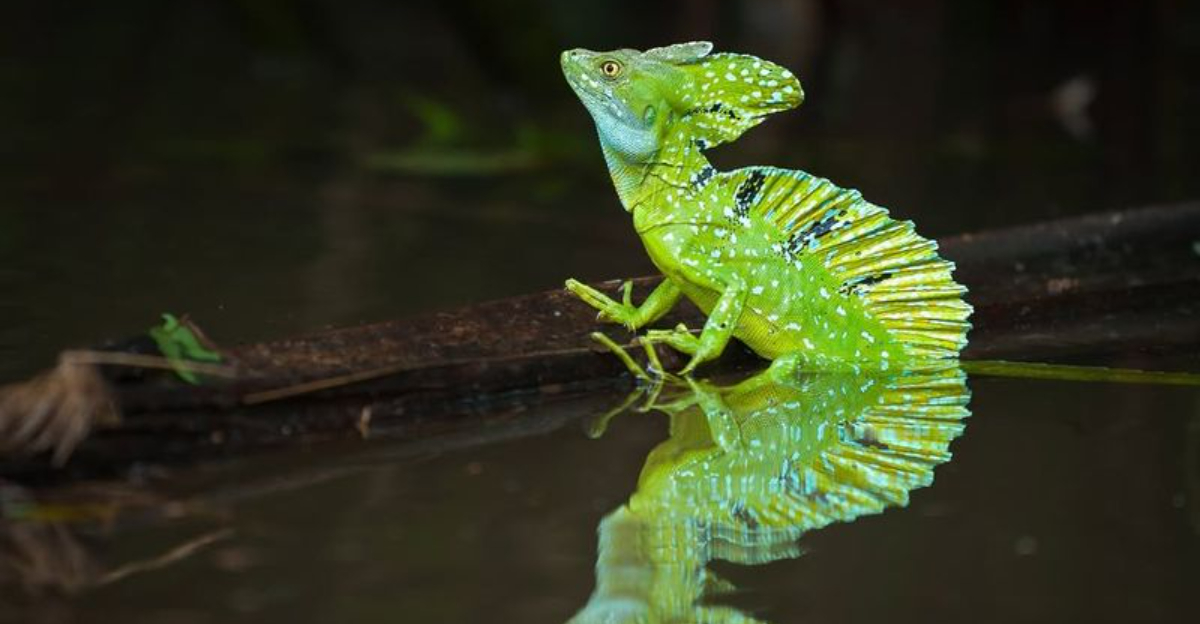
Nature is filled with incredible creatures possessing extraordinary abilities that seem almost superhuman.
These remarkable animals have evolved over time to develop unique skills that allow them to survive and thrive in their environments. From the deepest oceans to the highest skies, these astounding powers will surely leave you amazed.
1. Archerfish
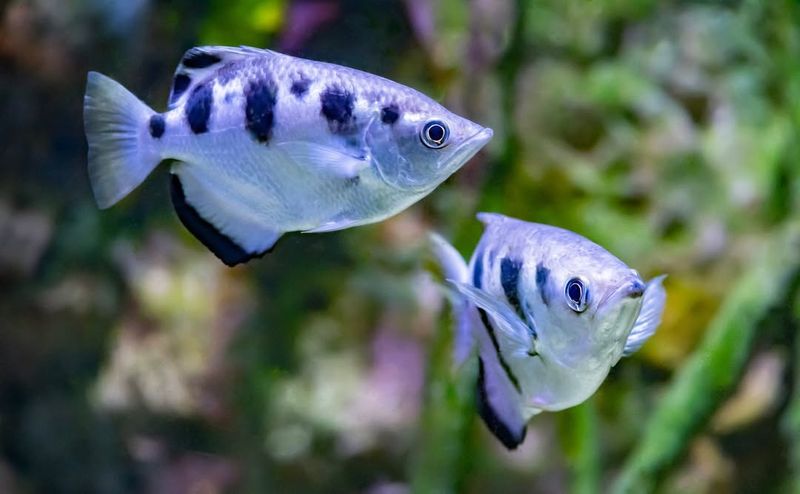
The archerfish, a sharpshooter in the aquatic realm, captures prey with remarkable precision. Found in freshwater habitats across Southeast Asia and Australia, it shoots jets of water to dislodge insects from overhanging branches.
The fish calculates the angle and distance with extraordinary accuracy, compensating for light refraction in water. This skillful hunting method showcases the archerfish’s adaptability and intelligence.
2. Mantis Shrimp
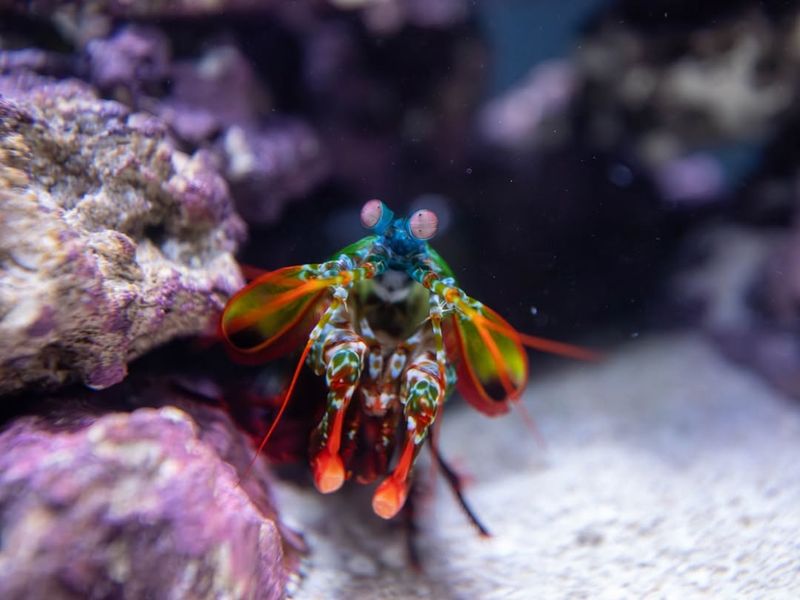
The mantis shrimp stands out with its mesmerizing colors and unparalleled strength. This marine crustacean wields one of the fastest punches in the animal kingdom, moving at speeds akin to a bullet.
Its claws are not just for show, as they can shatter glass and even crack open tough shellfish. Living in the warm waters of the Indo-Pacific, the mantis shrimp also boasts exceptional vision. With 16 color-receptive cones, they see a spectrum far beyond human capability.
3. Electric Eel
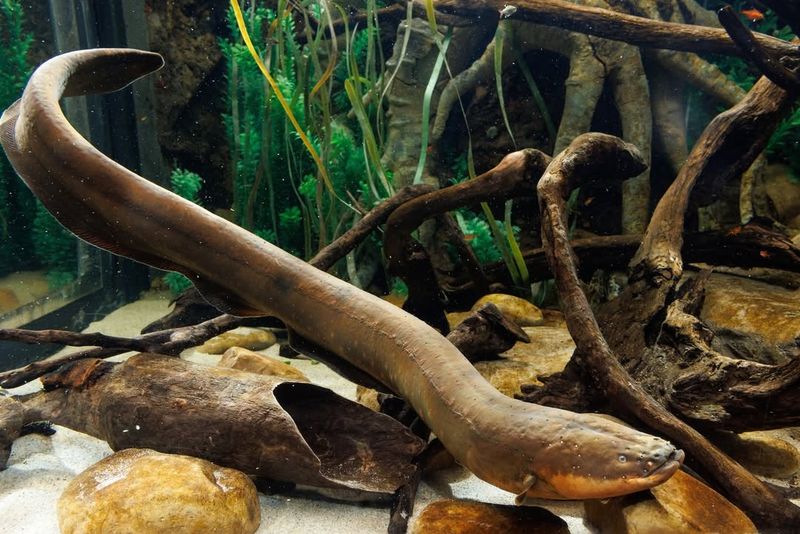
The electric eel, an enigmatic Amazonian resident, harnesses electricity to hunt and defend itself. This slender fish generates powerful electric shocks, enough to knock over a horse or deter predators.
It uses specialized cells called electrocytes, which function like biological batteries, to produce electricity. These pulses help the eel navigate its dark, murky habitat and communicate with others.
4. Axolotl
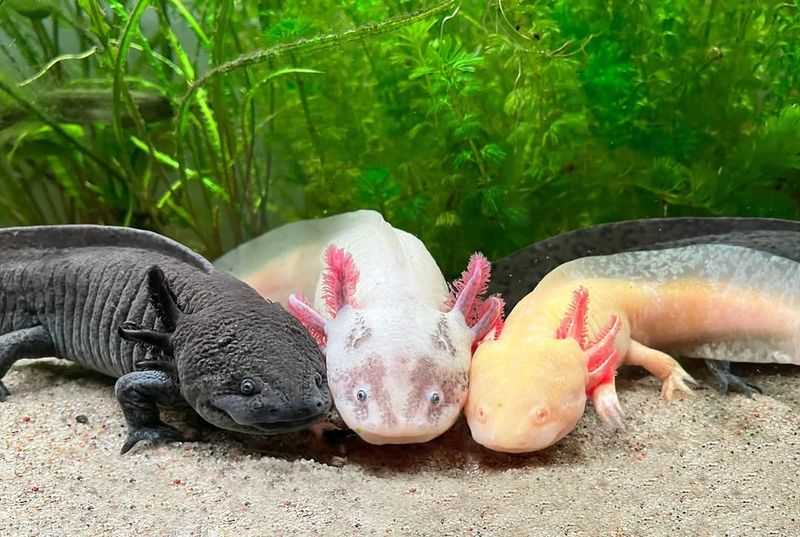
The axolotl, a charming amphibian, captivates with its unique regenerative abilities. Found primarily in the lake complex of Xochimilco, near Mexico City, this creature can regenerate entire limbs, spinal cords, and even parts of its heart and brain.
Unlike most amphibians, axolotls retain their larval features into adulthood, a condition known as neoteny. This trait, along with their remarkable healing capabilities, fascinates scientists.
5. Bombardier Beetle
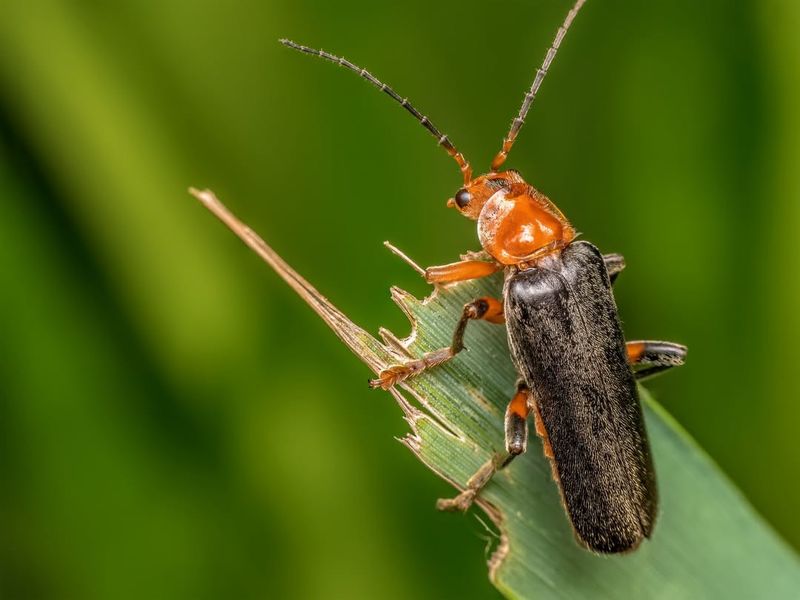
The bombardier beetle astonishes with its explosive defense mechanism. Found in various regions worldwide, this beetle can eject a boiling chemical spray to deter attackers.
The beetle’s abdomen contains two chambers filled with reactive chemicals. When threatened, it mixes these chemicals to produce a rapid exothermic reaction, releasing a burst of steam and gas.
6. Mimic Octopus
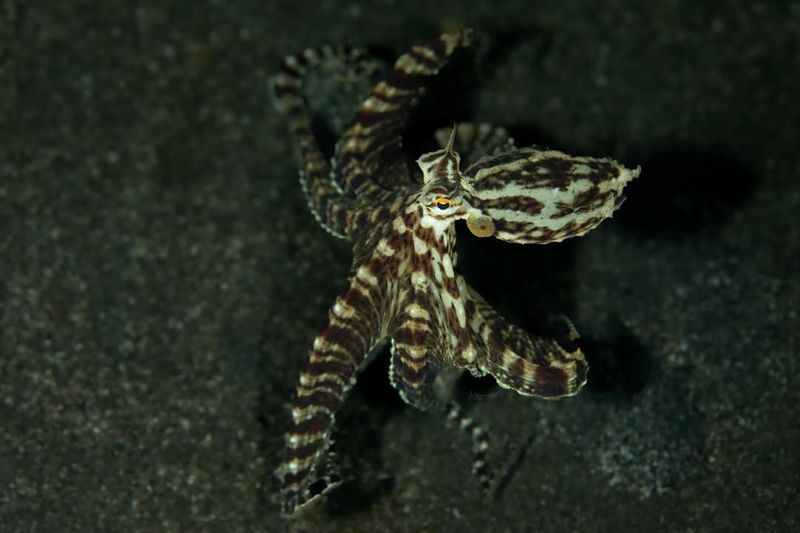
The mimic octopus is a master of disguise, inhabiting the tropical seas of Southeast Asia. It skillfully mimics other marine animals to evade predators.
This cephalopod can change its shape, color, and behavior to resemble lionfish, flatfish, and even venomous sea snakes. This deceptive show confuses predators, allowing the octopus to escape danger.
7. Pistol Shrimp
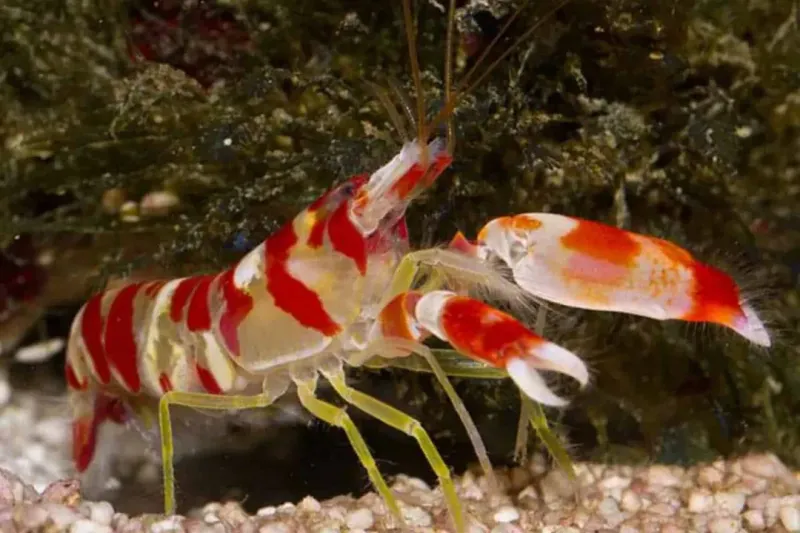
The pistol shrimp wields sound as a weapon. Found in coral reefs and shallow waters, this shrimp has a unique claw that snaps shut at incredible speed.
The snap generates a cavitation bubble, producing a loud sound and a shockwave capable of stunning prey. This acoustic weaponry is one of the loudest noises in the ocean.
8. Immortal Jellyfish
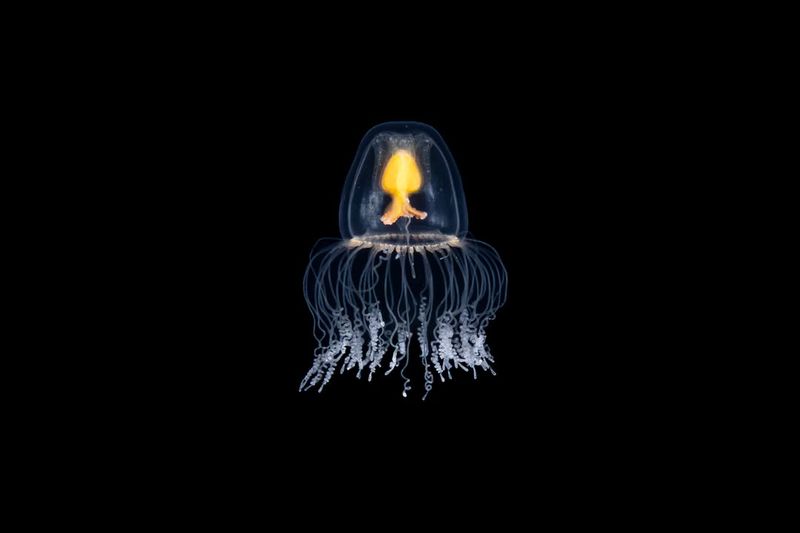
The immortal jellyfish defies aging, a phenomenon that has intrigued scientists worldwide. This small, translucent creature can revert to its juvenile form after reaching maturity.
Found in oceans around the globe, it cycles through its life stages indefinitely under the right conditions. This biological reset challenges our understanding of life cycles and aging.
9. Lyrebird
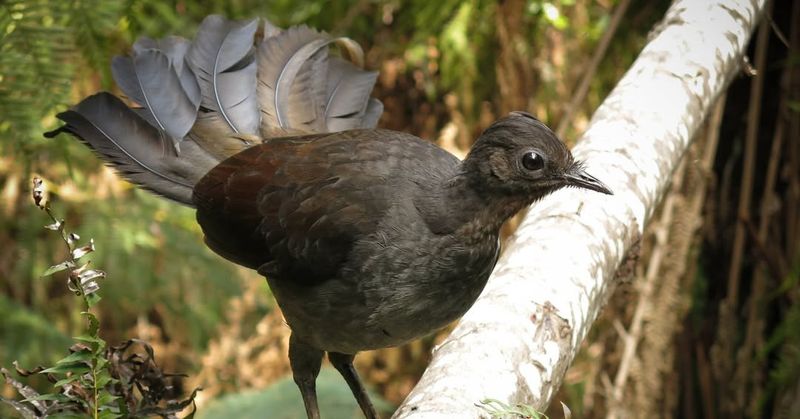
The lyrebird, native to Australia, astounds with its vocal mimicry. This bird can accurately imitate a wide range of sounds, from chainsaws to camera shutters.
Its ability to replicate noises from its environment is unmatched, often using its song to attract mates or establish territory. The lyrebird’s vocal prowess demonstrates the complex interplay of communication and survival.
10. Platypus
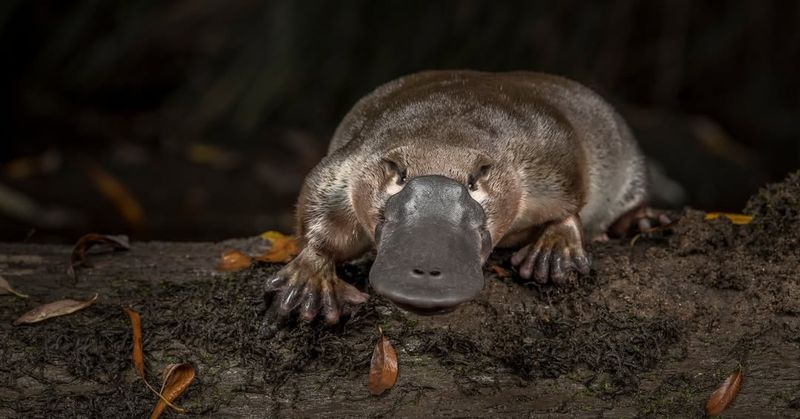
The platypus beguiles with its unique blend of traits. This Australian monotreme senses prey using electroreception, detecting electric fields generated by other animals.
With eyes closed, it hunts efficiently in murky waters, using its bill to sense and capture prey. This remarkable ability sets the platypus apart in the animal kingdom.
11. Basilisk Lizard
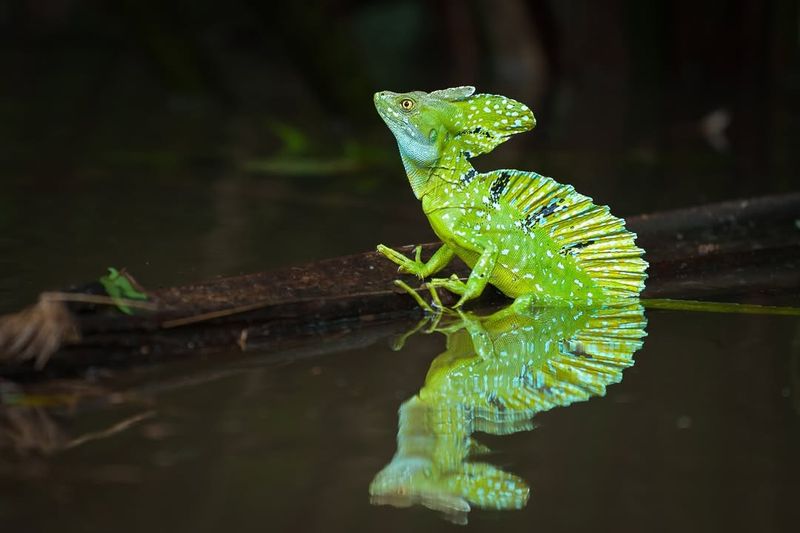
The basilisk lizard, often called the “Jesus Christ lizard,” can run on water. This Central and South American reptile uses its speed and specially adapted feet for this miraculous feat.
By rapidly moving its legs, it creates air pockets that keep it afloat as it skims across the surface. This ability is both a predator evasion technique and a display of nature’s engineering.
12. Tardigrade
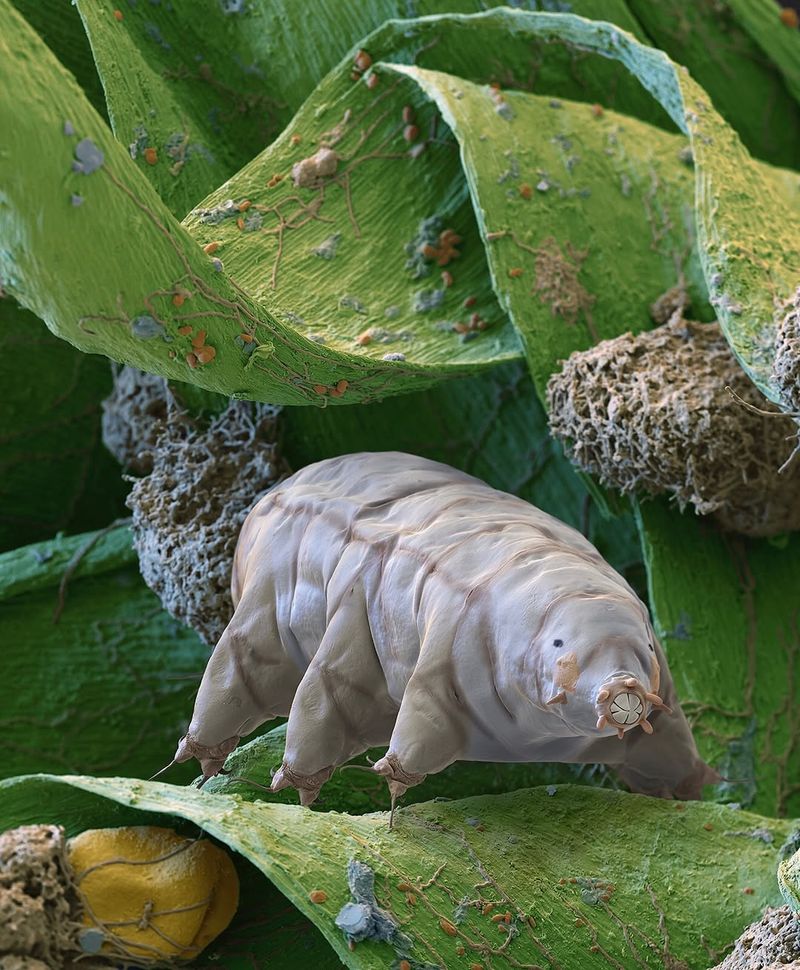
Tardigrades, or water bears, defy the odds with their resilience. These microscopic creatures can survive extremes that would obliterate most life forms.
They endure boiling heat, freezing cold, high radiation, and even the vacuum of space. Tardigrades achieve this by entering a cryptobiotic state, effectively suspending their metabolism.




